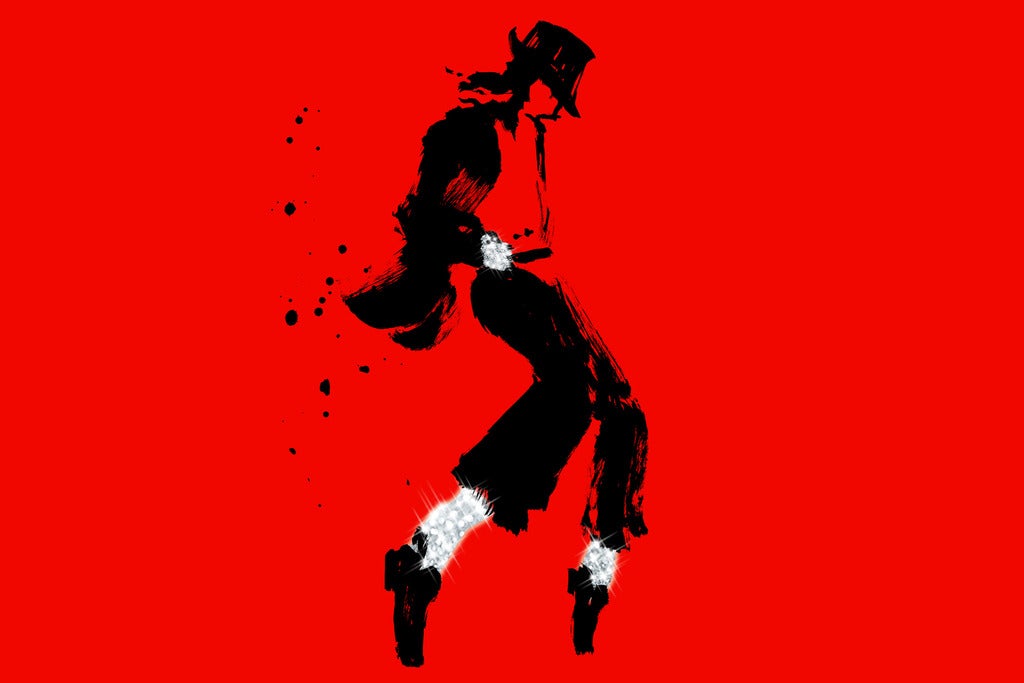Interview: How Christopher Wheeldon Made MJ Dance
Christopher Wheeldon discusses the process of creating the dance numbers, and shaping such well-known movement for the Broadway stage.
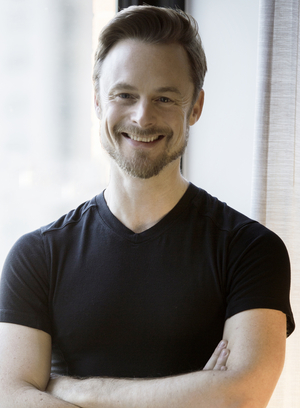
Christopher Wheeldon is one of the most prolific choreographers and outstanding directors in the world today. An OBE, and Tony Award-winner for the 2015 Broadway production of An American in Paris (which he also directed), Wheeldon is the director and choreographer of the new musical MJ the Musical, which opened on Broadway February 1.
The musical features a book by two-time Pulitzer Prize winner Lynn Nottage and a score made up of some of the most popular songs in history. MJ The Musical features over 25 of Michael Jackson's biggest hits, and is an experience that is visually and choreographically unforgettable.
BroadwayWorld spoke with Christopher Wheeldon about the process of shaping these iconic dances for the Broadway stage.
How much familiarity did you have with the Michael Jackson style of movement before you took on this project? Were you familiar with all of these iconic dances and thought, "I've got this," or was it something that required more of a deep dive?
No, it certainly required a deep dive. I was familiar as any dancer who was a Michael Jackson fan. So, I guess I had a pretty strong idea of the iconic Michael moves and poses, but it took a deep dive to understand the dynamic and connective tissue of his language. The intention was never really to re-create Michael, but to, in some ways, make a dance fantasy of Michael and his work. And so, really, in the show the only true bit of Michael choreography is Billie Jean. But in order to make the theatrical departure from Michael's original language, it was important for me to understand it more clearly. And a part of that became establishing relationships with dancers who had danced for Michael.
I worked really closely with Rich and Tone Talauega, both of whom had danced in a couple of Michael's tours and worked with him very closely. So, having a very strong relationship with them was super, super helpful, and they could really bring first-hand knowledge, and real integrity, and a real built-in sense of the intention behind Michael's movement. It was invaluable to have their input and have them there working with me and helping me shape particularly the Michael Jackson characters within the show, shaping their movement.
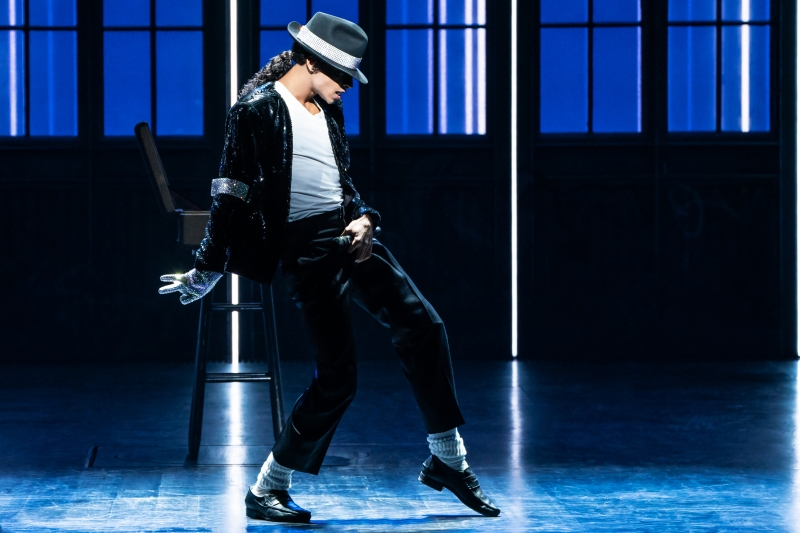
Where did you start in your research process when you first began working on this choreography? What was the jumping off point for you? Was it looking at music videos, or listening to the music?
Thank goodness for YouTube, that's all I can say! And thank goodness for all of the different websites that have footage of Michael online. And the estate were very helpful, of course, in helping me find things that were perhaps a little bit less available online. And again, just having Rich and Tone in the room. We didn't start that with them right at the very beginning, but they were brought in quite early on in the workshop process. They would check in with us periodically. And that was also extremely useful. And then as we moved forward, building the show, and placing both the songs and the dances into a narrative and emotional structure, that also then started the shaping of these original Michael moves, and the bending and morphing of them into more of my choreographic language in order to tell the story that we set out to tell.
Some of this choreography is so instantly recognizable like Thriller, and Beat It, and Smooth Criminal, was it a challenge to pay tribute to the original while still making it your own?
The only extended piece of Michael choreography from his videos is Billie Jean, there is a little snippet of the original Thriller in there. The actual vocabulary itself, and the iconic moving through those dynamic poses, a lot of that came through Rich and Tone, and is original Michael movement. But, to answer your question, yes, it was challenging, but also so exciting to find new ways to theatricalize this language and start to then shape these new moments of narrative around songs that were written with different intentions.
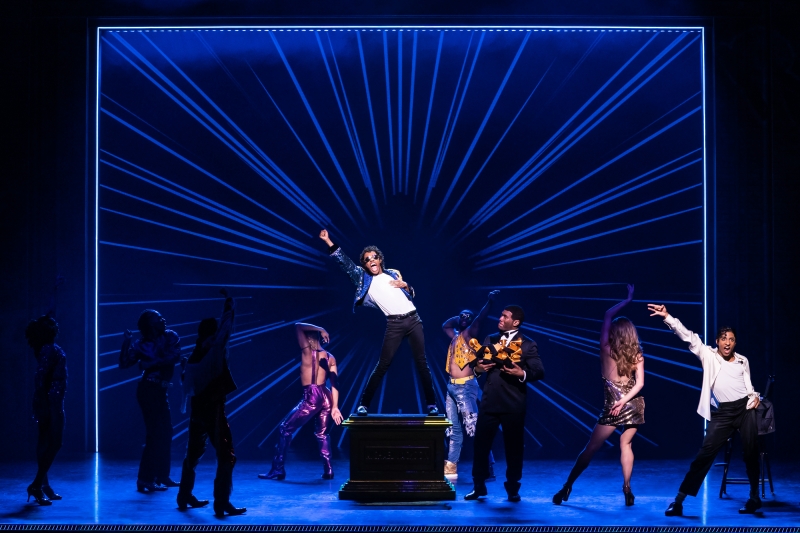
You mentioned that Rich and Tone were invaluable to your process, what was it like working with them to help bring this choreography to life?
They did a lot of work with the Michaels, almost like a Michael movement camp, making sure they were all clear on Michael's original intention behind the movements, his iconic walks, the skip-walks that he does, getting the weight right, getting the grounded-ness, the power, the attack of the movement. That was one of the most astonishing things for me was to discover, just how much precision and speed Michael had in his body. Even when you slow down a video of Michael, sometimes it's hard to really fully understand the transition from movement to movement because there was so much speed and attack. That's really one of the things that made him so very, very unique, was his ability to move through space at lightning speed.
They were really instrumental in getting the fundamentals of Michael's style. And then they would work in the room with me, and we would say, "Here is the dramatic intention, here is how it needs to correspond with what we've built for the ensemble in this moment, what would be an appropriate move? What would be an appropriate pose to convey this part of the drama?" So, it was a really nice hand-in-hand process in the room, and they were so incredibly generous with their knowledge of information around all that original Michael language.
What was it like working with the whole cast, and also specifically Myles Frost as he's gone on this journey of embodying such an iconic and singular style of dance?
Myles is a sponge, and really and truly a very hard worker. It was thrilling because he dove in head first. I think in some ways his fresh approach, not really having worked on a musical before on a professional level, was really beneficial to him, he was very open. He worked very closely with the team, we did some pretty intense training for him from the moment we cast him. In the early spring, all the way through to Broadway rehearsals he was working six hour days, and vocally training, acting coaching, and in a sort of Michael physical language camp. So by the time I got to have him in the room he was pretty well-versed on all things Michael. But, he's a super collaborative guy, very grounded. I mean, this is such a huge opportunity for him, and all along the way he's been very open, very collaborative, and extremely patient.
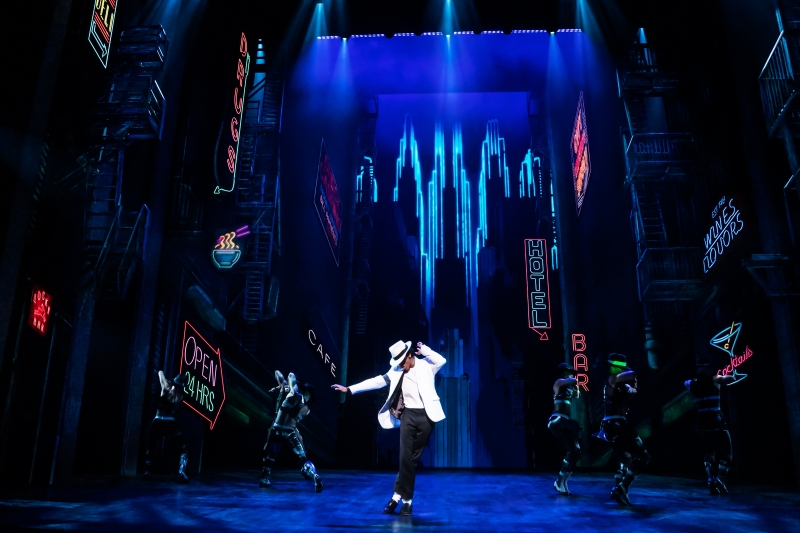
I'm sure each number feels like your baby, but do you have one dance number that you might name as your favorite, that you just look forward to every time you see it performed?
I have to say, as a choreographer, for me, the breaking down of Michael's movement inspiration at the beginning of act two, we call it the Dance Heroes, and how that evolved into Smooth Criminal. For me, that was one of the most fun numbers to work on because I was also able to pull on some of my knowledge of Broadway, and I think the audience gets a big kick out of seeing the inspiration that Michael clearly took from Astaire, and Fosse, and from the Nicholas Brothers, and many others as well, actually, James Brown... But, Michael really was a master at understanding the shapes and the dynamics, and being inspired by these qualities and then processing them through his own body, and coming up with his own unique style. So, I think that number is probably my favorite.
It's been a real dream to work on this show, challenging of course, but blessed with a phenomenal group of dancers throughout the show. I want to give a shoutout to the ensemble because they often get a little bit left behind in the praise that all the actors are getting and dancers are getting in the show, and they have such an important part of this storytelling, and the level of their artistry is extraordinary. I'm super proud of them and feel honored to have had such a great group to work with.


 MJ: The Musical Water Bottle
MJ: The Musical Water Bottle